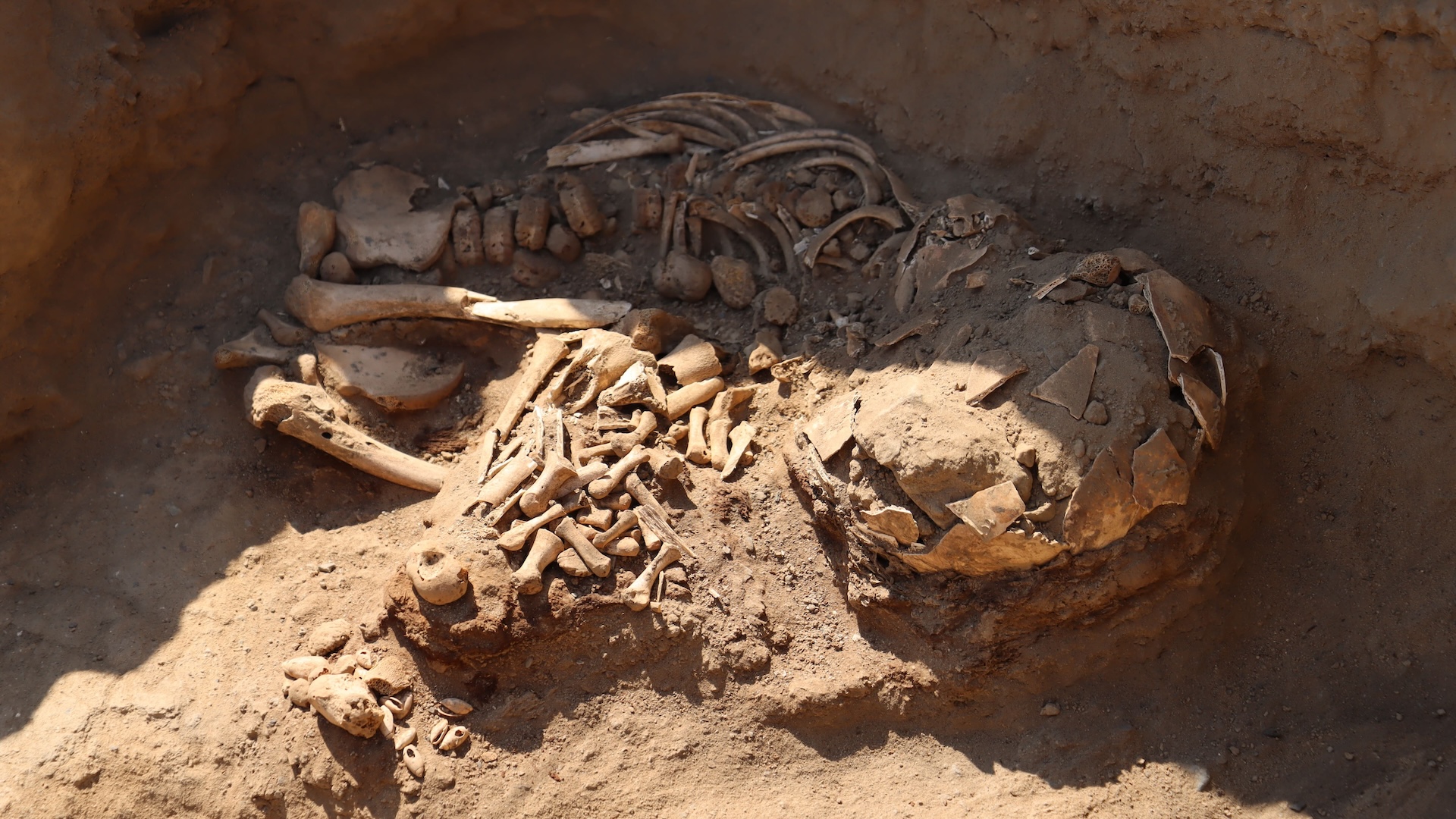Archaeologists have discovered human remains buried inside the walls of a pre-Inca archaeological site, challenging the belief that the site was an administrative centre for the Wari culture. The Wari are not known for burying their dead in the walls of buildings, but this practice was in fact typical of the Huamachuco culture.

The discovery was made at the Wiracochapampa archaeological site, which is located 3,000 metres above sea level in the highlands of the northern La Libertad region of Peru. It was believed to have been built by the Wari people, a Middle Horizon civilization that flourished in the south-central Andes and coastal area of modern-day Peru, from about 500 to 1000 AD. This was based on the pottery remains and architectural structures, which resemble those belonging to the Wari. However, the latest finding now challenges this conclusion.

Archaeologists found the remains of three people within the stone walls of the Wiracochapampa site. It is believed that that when the individuals died they were buried in a separate place and later on their bones were relocated to within the building walls. There was a belief among the Huamachuco culture that placing human bones in the walls made the building sacred by creating a link between the worshipped ancestors and the people living in the building.
“For us it was a surprise to find [the remains] at Wiracochapampa, as this site has traditionally been considered typical of the Wari culture,” said archaeologist Victor Tufinio. Archaeologists will now have to re-evaluate what they have long believed to be true about Wiracochapampa.
The Wiracochapampa archaeological site was abandoned without being completed, as demonstrated by some unfinished walls and rooms that were never inhabited.